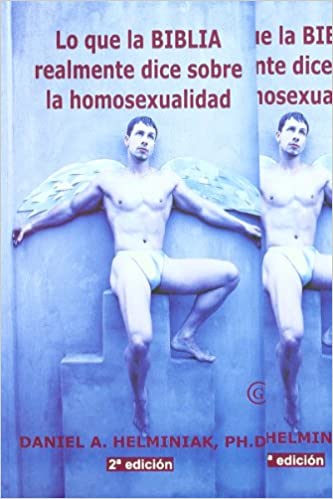As part of its celebration of Pride Month in June, the Lesbian, Gay, Bisexual & Transgender Community Center in Greenwich Village, known colloquially as The Center, unveiled a new bust of the Black transgender activist Marsha P. Johnson.
Created by the artist Jesse Pallotta and entitled “A Love Letter to Marsha,” the sculpture has been in The Center’s entryway all summer and will remain there until August 24. Said Richard Morales, The Center’s cultural programs manager: “This is an important opportunity to recognize the historical and current leadership of Black trans women, and to highlight the need for New York City to fulfill their promise of permanent monuments for Marsha P. Johnson and Sylvia Rivera.”
Johnson, whose body was found in the Hudson River in 1992, is remembered for her dedication to the LGBTQ and drag communities. She is often identified as the woman who sparked the Stonewall riots in 1969 (an idea that she herself dismissed), and was a fierce advocate for street and transgender youth.
In 1970, she and fellow trans activist Sylvia Rivera started Street Transvestite Action Revolutionaries (STAR), the first LGBTQ youth shelter in North America. She did this despite struggling with poverty and mental illness, as well as persecution from some in the LGBTQ community for being transgender. (In 1973, Johnson and Rivera were told they were not allowed to march in the Pride Parade because transgender people made LGBTQ people look bad. They showed up anyway and walked ahead of the parade.)
Each year around this time, stories come out about Ms. Johnson and her importance to the LGBTQ rights movement. But one thing that is rarely mentioned is the significance of religion to her life. From at least the time she was a teenager, Johnson had a relationship with God that was personal, profound and more than a little mysterious. “I got married to Jesus Christ in church when I was 16 years old,” she said in an interview for the documentary about her life “Pay It No Mind.”
“From at least the time she was a teenager, Johnson had a relationship with God that was personal, profound and more than a little mysterious.”
“He’s the only man I can really trust. He’s like a spirit that follows me around …he helps me out in my hours of need and listens to all my problems and never laughs at me. He takes me very seriously,” she said.
When deciding to move from her childhood home in Elizabeth, New Jersey, to New York City in 1963, at age 17, she remembers talking to Jesus about her desire. “He said, ‘You know, you might wind up with nothing,'” she remembers. And yet, rather than frighten her, Christ’s words fortified her conviction: “I said, ‘Honey, I don’t care if I never have nothing ever till the day I die. All I want is my freedom….And that’s how I’ve been living here ever since I came.”
In “Pay It No Mind,” many of Johnson’s friends share stories of her religious devotions. She would light candles and pray at St. Mary’s Catholic Church in Hoboken, New Jersey, and lie prostrate praying in front of a statue of the Virgin Mary early in the morning in another church. At home, she had an altar devoted to the saints; she said they help show “that we’re all brothers and sisters in Christ.”
Though she was raised in an African Methodist Episcopal Church, Johnson frequented churches of other denominations and religious buildings of other faiths, too. In some of these stories you can hear her hunger for and devotion to God. So, for instance, she would refuse to face the altar when praying in church at times, out of respect for its significance.
But there also a sense of overflowing joy and celebration. “I would find her in the strangest churches,” remembered her friend Sasha McCaffrey. “She’d be wearing velvet and throwing glitter.” Like so many of our Catholic saints, her faith seemed both the bedrock of her life and a place of revelation, something that helped other people to experience God’s love.
“Like so many of our Catholic saints, [Johnson’s] faith seemed both the bedrock of her life and a place of revelation, something that helped other people to experience God’s love.”
What’s most striking about Pallotta’s bust, on display at The Center, is the tremendous kindness evidence in Johnson’s face. Wearing fresh flowers in her hair—as Johnson always did in real life—she gazes out at us with the eyes of a grandmother welcoming her grandchildren, her mouth curled in happiness.
And at the same time, The Center has the bust positioned by the doors in such a way that you see it not when you enter, but when you leave. It seems counterintuitive at first, but the effect of this positioning is that Johnson seems to be there ready to welcome us into the world. She stands as a promise that there is kindness and friendship to be found out there, waiting for us. It’s exactly the gift she seemed to find in Jesus, and that she offered in life to so many people.



